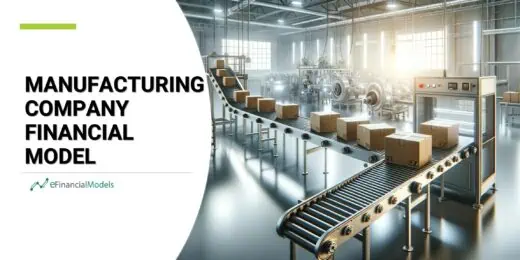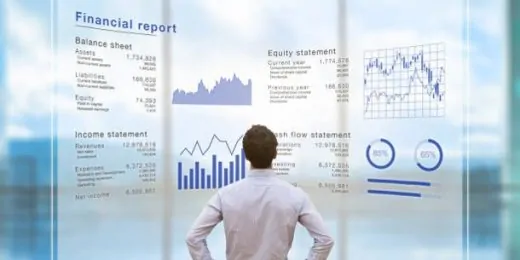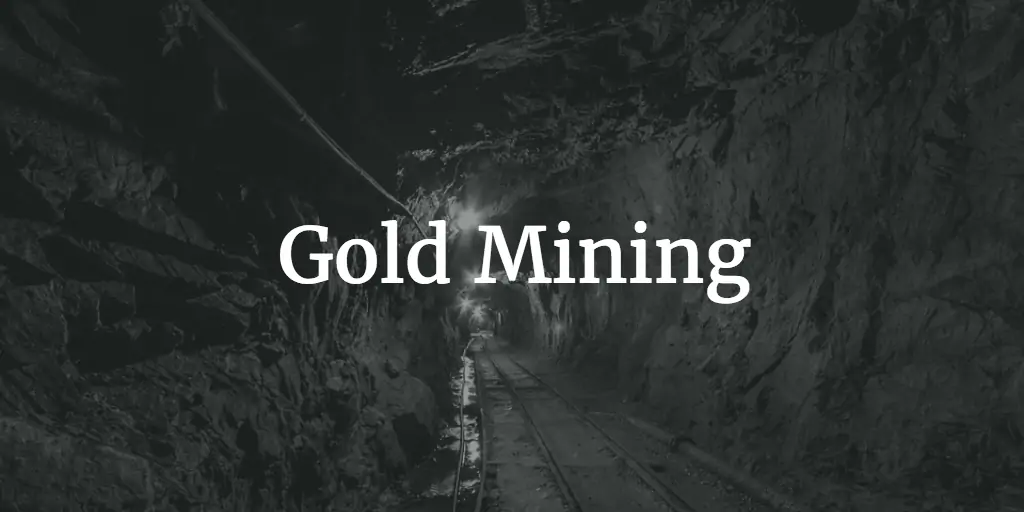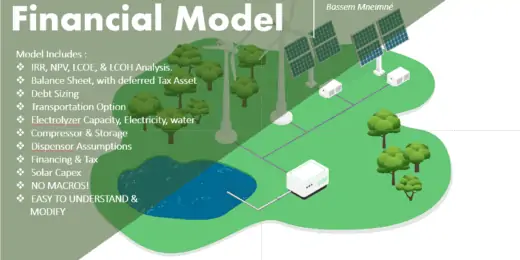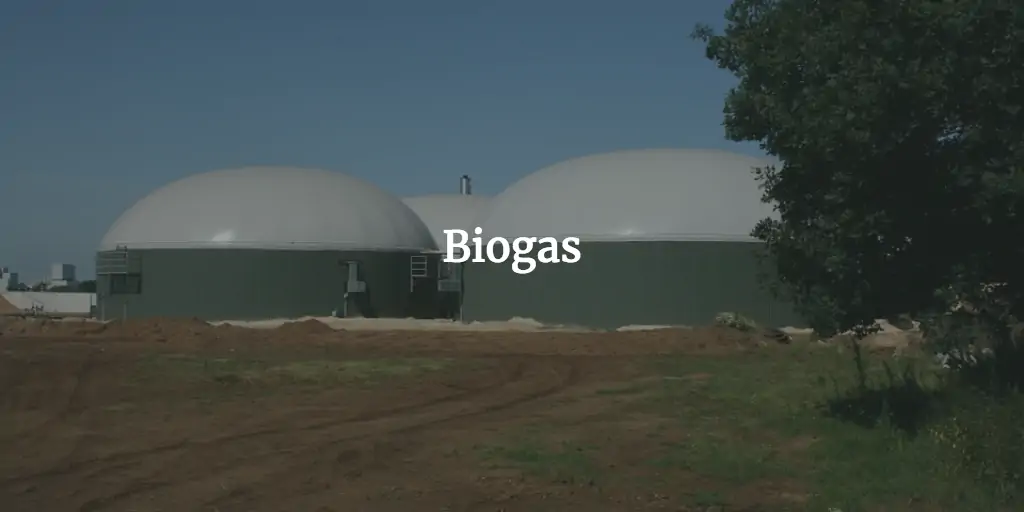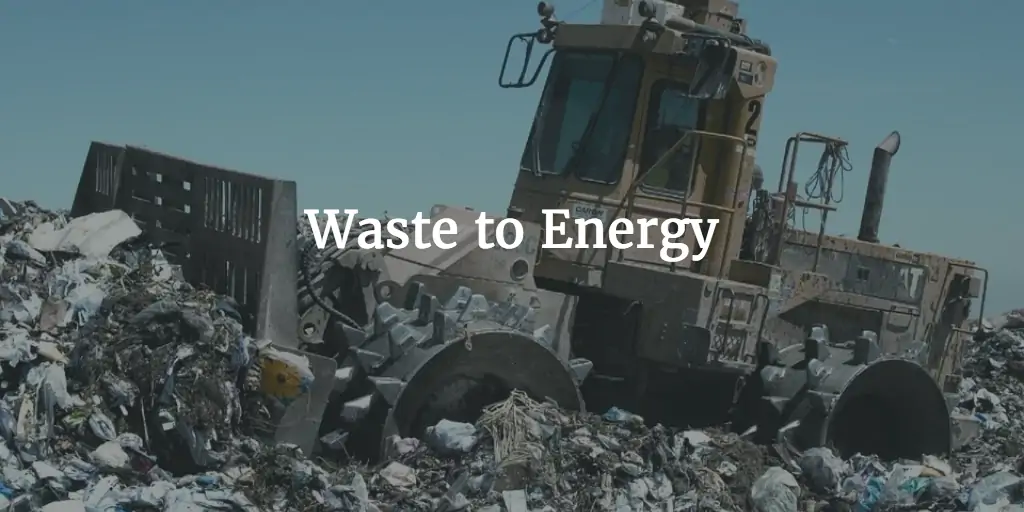How to Start a Construction Machinery Rental

Starting a construction equipment rental company can be highly profitable, tapping into a booming demand across various construction projects. This sector thrives on the need for cost-effective solutions for acquiring heavy machinery without the high ownership costs, offering an attractive proposition for construction firms and contractors. The construction machinery rental model allows these companies to access the latest equipment with minimal investment, optimizing operational costs and enhancing project efficiency.
However, launching a successful construction machinery rental business requires strategic financial planning. This is crucial to navigating the competitive landscape, managing the substantial initial investment in inventory, and handling the complexities of maintenance, logistics, and regulatory compliance. Ensuring equipment is up-to-date, reliable, and meets clients’ diverse needs requires a well-thought-out business model and operational strategy. This blog aims to guide entrepreneurs through the intricacies of starting a construction equipment rental business, highlighting the importance of a robust business plan and the pivotal role of financial modeling.
An Overview of the Construction Machinery Rental
Construction machinery encompasses many machines and equipment tailored for many tasks within the construction sector. This category includes machinery designed for an expansive range of construction activities such as building structures, demolition, earth-moving, excavation, and infrastructure projects like road construction and maintenance. Utilizing these machines significantly enhances efficiency, accuracy, and safety on construction sites, enabling the completion of complex projects with improved timelines and reduced manual labor.
A construction equipment rental company provides a comprehensive range of machinery and tools essential for various construction projects, offering a cost-effective alternative to purchasing. These companies cater to a diverse clientele, including construction firms, contractors, and individual builders, by providing flexible rental terms that range from short-term to long-term leases. Their inventory spans heavy machinery to smaller equipment, ensuring clients can access the latest technology and well-maintained equipment for their specific project needs. Additionally, these rental services often include expert advice, maintenance support, and machinery transportation to and from the construction site, enabling efficient project execution and helping to mitigate the upfront capital investment and maintenance costs associated with construction equipment ownership.
Common Types of Construction Equipment
Different types of construction equipment support the realm of construction, each designed to perform specific tasks that streamline the building process and enhance operational efficiency. The most common types of construction equipment include the following:
- Aerial Work Platforms (AWPs): Serve to provide temporary access for personnel or equipment to otherwise unreachable areas, typically at elevated heights.
- Asphalt Rollers: Essential for road construction, these machines compress the asphalt layer, ensuring it is uniformly compact and smooth.
- Bulldozers: Powerful equipment for moving large quantities of soil, sand, rubble, or other materials during construction.
- Concrete Mixers: Utilized to mix cement, aggregates, and water to form concrete for construction.
- Concrete Pumps: Enable the transportation of liquid concrete by pumping it through pipes from the mixer to the construction site.
- Cranes: Towering machinery used for lifting, lowering, and moving heavy materials and equipment across construction sites.
- Crushers and Screeners: Machines that break down large rocks into smaller pieces and separate them into various sizes for construction use.
- Excavators: Versatile machines equipped with a boom, bucket, and cab, used for digging, demolition, and lifting heavy objects.
- Forklifts: Widely used in construction for moving and lifting materials over short distances.
- Generators: Provide the necessary electrical power to construction sites, especially in areas where access to the power grid is unavailable.
- Graders: Specialized machinery for creating a smooth and level surface during the construction of roads.
- Loaders: Designed to load materials into trucks, these machines are equipped with a large front bucket.
- Pavers: Essential for laying asphalt or concrete on roads, parking lots, and other flat surfaces.
- Pile Drivers: Used to drive piles into the soil to provide foundation support for buildings or other structures.
- Scrapers: Efficient at removing, transporting, and leveling soil and other materials in large areas.
- Tele-handlers: A type of crane with an extendable arm that is useful for lifting materials to high places.
These types of construction equipment collectively form the backbone of modern construction projects, enabling precise work under various conditions and contributing significantly to the industry’s productivity and safety standards. Utilizing these machines significantly enhances efficiency, accuracy, and safety on construction sites, enabling the completion of complex projects with improved timelines and reduced manual labor.

Steps Start an Equipment Rental Business
To start an equipment rental business, comprehensive market research is required to pinpoint a viable niche and understand customer needs. This sets the foundation for crafting a targeted and effective business strategy. Developing a detailed business plan is pivotal, as it outlines objectives, financial projections, and marketing strategies to navigate the competitive landscape and foster sustainable growth. Here’s a step-by-step guide on how to start an equipment rental business.
Know the Market
Before diving into the equipment rental industry, it’s crucial to understand the market. It involves researching your potential customers, what kind of equipment is in demand, and who your competitors will be. Identifying a niche or a particular need in the market that needs to be fully met by existing companies can give your business a competitive edge. This step is about gathering as much information as possible to make informed decisions about what equipment to offer and how to position your company in the market.
Prepare a Business Plan
Once you have a solid understanding of the market, the next step is to prepare a comprehensive business plan. This plan should outline your business objectives, strategies for achieving them, and potential problems that might arise along the way. It should also include detailed financial projections, such as start-up costs, operating expenses, and revenue forecasts. A well-thought-out business plan is essential for guiding your business and crucial if you need to secure funding from investors or financial institutions.
Register the Business
With your business plan, the next step is officially registering your business with the appropriate governmental bodies. This process involves choosing a business structure (such as a sole proprietorship, partnership, or corporation), registering your business name, and obtaining any necessary licenses or permits to operate legally in your area. The specific requirements for registration vary by country, state, or region, so it’s essential to research the regulations in your area.
Secure Funding
Starting an equipment rental business often requires a significant upfront investment, particularly when purchasing the rental equipment. If you need the necessary capital, you’ll need to secure funding. It could come from various funding sources, including loans from financial institutions, investments from venture capitalists, or crowdfunding. Your business plan will be critical in convincing lenders or investors to provide the funding you need.
Source Equipment
With funding secured, the next step is to source the equipment you plan to rent out. It involves purchasing the equipment and ensuring you get high-quality, durable items that will withstand frequent use. It’s also important to consider the maintenance and storage of the equipment. Depending on the type of equipment you’re renting, you may need to establish relationships with manufacturers or wholesalers to get the best deals.
Staffing
Unless you plan to run the business entirely on your own, you’ll need to hire staff. The number of people you hire and the skills they need will depend on the size and scope of your business. At a minimum staffing, you may need customer service representatives to handle bookings and inquiries and maintenance personnel to service the equipment. Hiring competent staff is crucial for providing excellent service and ensuring the smooth operation of your business.
Start the Business
With everything in place, you’re now ready to open your doors (either physically or online) and start your equipment rental business. This final step involves marketing your business to attract customers, including online advertising, print ads, or partnerships with other companies. Providing exceptional service from the start can help you build a strong reputation, encourage repeat business, and generate positive word-of-mouth.
As you start an equipment rental business, follow these steps and be prepared to adapt to challenges to establish a successful and profitable enterprise.

Tips to Grow Your Construction Equipment Rental Company
Growing a construction equipment rental company involves a nuanced understanding of the market, strategic asset acquisition, and keen operational insights. Here’s a detailed look into how you can achieve growth in this industry:
Determine the Demand
Understanding the demand in your target market is crucial. It involves analyzing construction projects in your area, talking to potential customers about their needs, and staying informed about industry trends. It’s essential to identify the types of equipment in high demand and the times of year when demand peaks.
Find the Right Equipment
Once you’ve identified the demand, the next step is to acquire the right equipment. This means choosing machinery that not only meets the market’s current needs but is also reliable and cost-effective to maintain. Consider factors like brand reputation, durability, ease of use, and maintenance requirements.
Identify Gaps and Opportunities
Analyzing your competitors can reveal gaps in the market that your company can fill. It could be specific types of equipment that are undersupplied, or it could involve providing better customer service, more flexible rental terms, or additional services like transportation and on-site support.
Target a Specific Niche
Specializing in a niche can set your company apart from competitors. It could involve focusing on specific equipment, like earthmoving machinery or aerial lifts, or catering to a particular sector within the construction industry, like residential builders or road construction companies. A niche focus can help you build expertise and a strong reputation.
Understand the Metrics
Several key metrics can help you manage your rental business more effectively:
- Original Equipment Cost (OEC): Understanding the purchase price of your equipment is critical for setting rental rates and calculating depreciation.
- Time (Physical) Utilization (TU): This measures how often your equipment is rented out compared to how usually it’s available. Higher utilization rates indicate better performance.
- Fleet Age (Age): Keeping track of your fleet’s average age helps you determine when to sell older equipment and invest in new assets.
- Financial Utilization ($U): This metric calculates the revenue your equipment generates relative to its cost. It’s crucial for understanding the profitability of your fleet.
- Change in Rental Rate (%RR): Monitoring how your rental rates change over time can help you adjust pricing strategies to remain competitive and profitable.
Growing a construction equipment rental company is about more than just buying machinery and waiting for customers to come knocking. It requires a strategic approach to understanding market demand, identifying and exploiting opportunities, managing your fleet effectively, and constantly adapting to changes in the market. By focusing on these areas, you can position your company for growth and long-term success.

Optimize Construction Machinery Rental Earnings Using a Financial Model Template
The profitability of a construction machinery rental business hinges on the increasing demand for construction equipment without the high capital investment of ownership. This model appeals to small and large construction companies alike, enabling them to access a wide range of machinery for specific projects without long-term financial commitment. With the construction industry’s cyclical nature and the growing preference for rental to manage project costs more effectively, the market for construction machinery rental is poised for growth, offering lucrative opportunities for savvy entrepreneurs.
Starting a construction machinery rental business requires thorough market research to identify the most in-demand equipment and a deep understanding of your target market. Essential steps include crafting a detailed business plan that outlines your business model, investment needs, marketing strategies, and operational plans. Acquiring the right mix of machinery, starting with the most commonly used equipment and gradually expanding the inventory based on demand, is crucial. Ensuring compliance with safety and industry regulations and focusing on customer service can set your business apart in a competitive market.
A comprehensive financial model template is indispensable for a construction machinery rental company to maximize profits. A Construction Machinery Rental Financial Model Template should include projections for revenue, costs, cash flow, and equipment depreciation to aid in strategic planning and investment decisions. It enables business owners to simulate different scenarios, assess the profitability of various equipment types, and determine the optimal pricing strategy.













